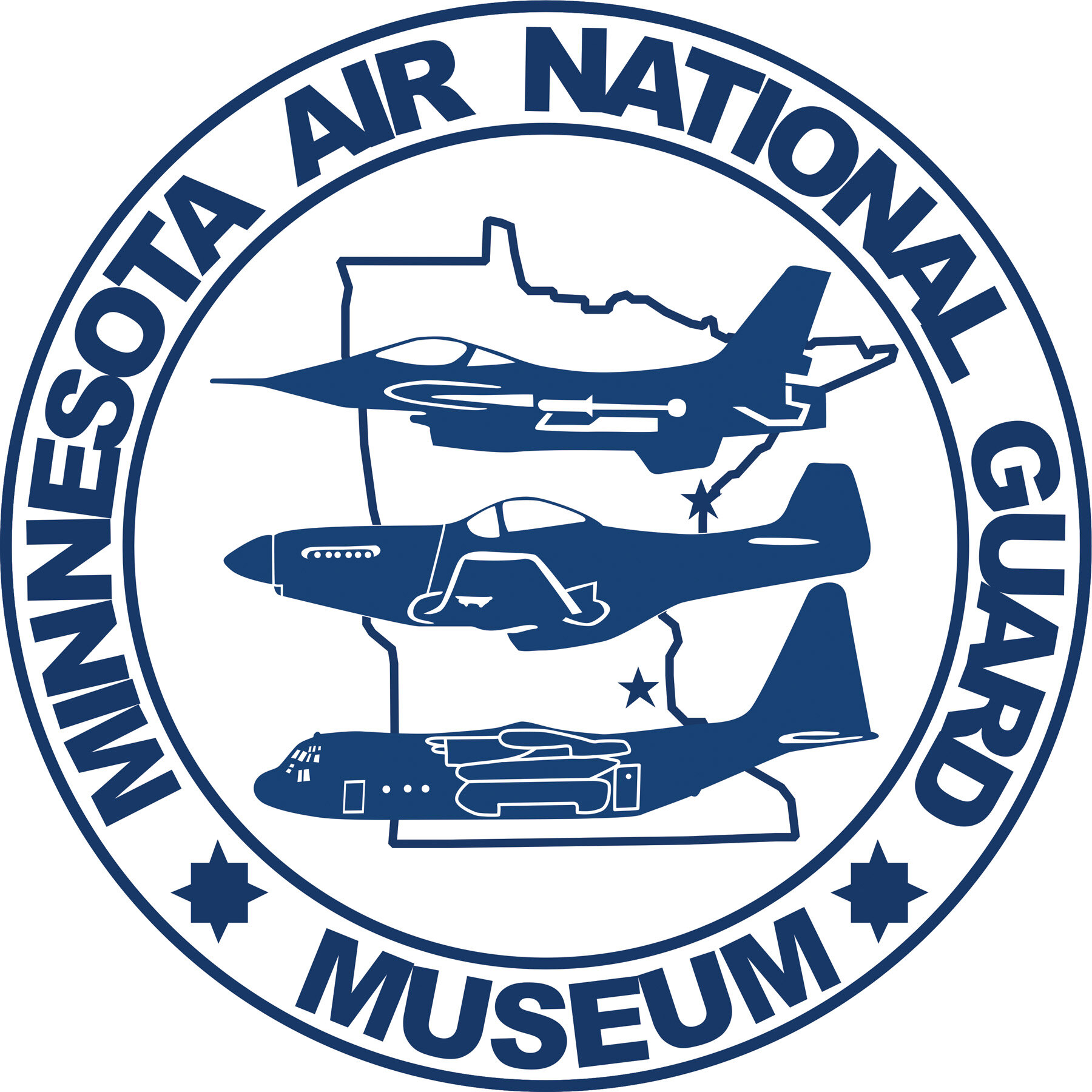LOCKHEED T-33A SHOOTING STAR
USAF SERIAL NUMBER 55-3025
NASA 512
Manufacturer:
Designation:
Version:
Name:
Nickname:
Type:
Brief History
The 109th and the 179th Squadrons of the Minnesota Air National Guard used T-33s at various times. The T-33A was developed from the Lockheed P-80/F-80 by lengthening the fuselage by slightly over three feet and adding a second seat, instrumentation, and flight controls. Initially designated the TF-80C, the T-33 made its first flight on 22 March 1948. A total number of 6,557 aircraft were produced. The T-33 was used as an advanced trainer. T-33s were assigned to USAF F-101, F-102, and F-106 units and similarly equipped Air National Guard units as proficiency trainers and practice “bogey” aircraft. Some T-33s retained two machine guns for gunnery training. The T-33 has served in over 30 nations and operates as a trainer in smaller air forces.
Interesting Facts
The museum T-33A, at one time, was assigned to NASA and still retains the NASA 512 radio call sign on the instrument panel. Although it needs to be clarified what its mission was with NASA, it could have been flown by some of the early astronauts pioneering this country’s space program, T-33s assigned to NASA were used for support and flight research. One report shows this aircraft may have been assigned to the Marine Corps Aviation Museum at MCAS Quantico, VA, when that museum first started up in the late 1970s. In the 1980s, Boeing attempted to modify and modernize the T-33 as the Boeing Skyfox, but a lack of orders canceled the project. About 70% of the T-33s airframe was retained in the Skyfox. A limited number of T-33s have found their way into private hands. In 2010 a T-33A owned by Boeing was used as a chase plane for the maiden flight of the Boeing 787 Dreamliner.
Dimensions
Fuselage Length: 37 Feet, 9 Inches
Wingspan: 38 Feet, 10.5 Inches
Height: 11 Feet, 8 Inches
Weights
Empty Weight:
Max Takeoff Weight:
Payload:
Propulsion
Powerplant: Allison J33-A-35 Centrifugal Compressor Turbojet with 5,400 pounds of thrust
Horsepower:
Performance
Range: 1,275 miles (ferry)
Cruise Speed:
Max. Speed: 600 MPH
Ceiling: 48,000 Feet
Crew & passenger capacity
Crew: 2
Capacity:
Armament
Two 50 Cal Browning M3 machine guns, 350 rounds per gun (for AT-33), 2 wing hardpoints with a capacity of 2,000 pounds for bombs or rockets



